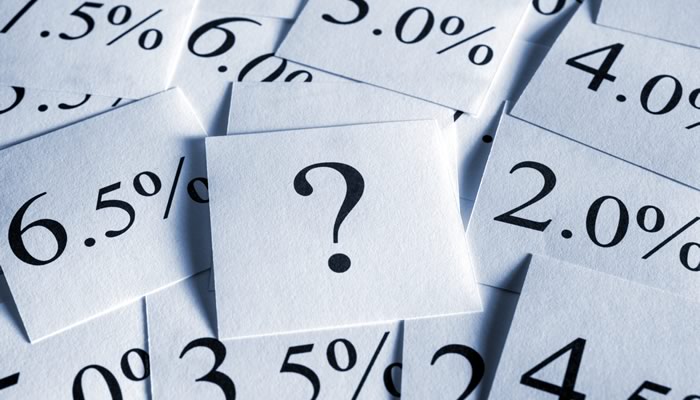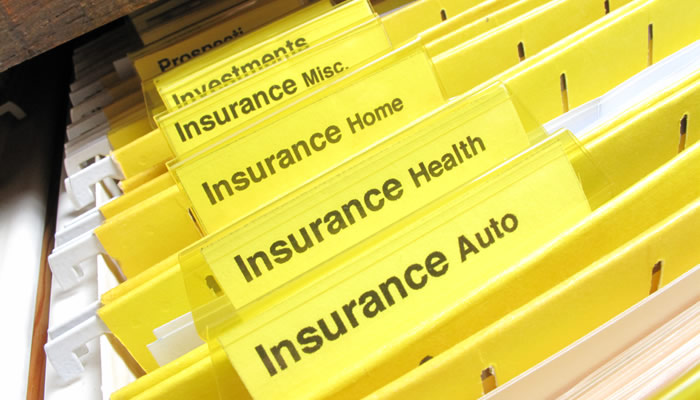Why Are Credit Card Interest Rates So High?
Have you ever wondered why your credit card interest rate is so high? With prime rate near a record low, cardholders are often astonished why their credit card interest rates remain so high. While the interest rate is 19.99% on a typical credit card, prime rate is only 2.7% (as of July 2016). Although some credit cards offer low introductory rates, a higher rate kicks in later on – often in only six months to a year.

Prime Rate vs. Credit Card Interest Rates
Contrary to popular belief, there is no direct correlation between prime rate and the interest rates charged on your favourite credit card. According to the Canadian Bankers Association (CBA), the overnight lending rate set by the Bank of Canada represents less than one per cent of bank funding. Furthermore, it does not influence the pricing of consumer lending or credit cards interest rates.
Factors that Influence Credit Card Interest Rates and Fees
The CBA says there are several factors that influence credit card interest rates and fees, including:
Grace Period: An interest-free period from purchase to payment, depending on the card, as long as the balance is paid in full when owing.
If you pay your balance in full every month like most Canadians (unless you pay an annual fee), you’re essentially getting free short-term financing. Issuers only recoup some of the costs when you carry a balance and you’re dinged with costly interest charges.
No Collateral: Access to unsecured credit where no collateral is needed, which makes it a higher risk for the credit card issuer.
Have you ever wondered why most mortgages have lower interest rates than unsecured lines of credit? It’s because a mortgage has collateral – your house. If you fail to repay your mortgage the bank can foreclose on your home and hopefully resell it to recover the full value of the loan. If you fail to repay the outstanding balance on your credit card, it’s a lot more difficult for issuers to recover the funds. If you default on your credit card payments the issuer may have to write off the loss entirely.
Processing Costs: Significant costs to operating the credit card system including processing a large volume of transactions, technology that is constantly updated to support transactions, preparing and mailing statements, collecting payments and the costs for providing value-added rewards programs.
Although making a purchase on your credit card may be as easy as swiping or tapping your card, there are a lot of complex things that go on behind the scene to approve your purchase. Credit card issuers are constantly coming out with new credit cards to help reduce fraud. That doesn’t come cheap – someone has to pay for these security advancements. Unfortunately, it’s the cardholders who fail to repay their balance that are stuck footing at least part of the bill.
Fraud Prevention: Costs to fight fraud and customer reimbursement. When fraud occurs, customers have zero liability. In 2013, financial institutions reimbursed more than $465 million to their Canadian credit card customers, representing the losses these customers suffered as a result of criminal activities.
If you’ve ever been the victim of credit card fraud, you probably breathed a big sigh of relief when your credit card issuer removed the fraudulent charges from your account. Although most major credit cards come with zero-liability protection, someone has to pay the losses. Since the issuers are most likely on the hook at the end of the day, they pass along some of the cost in the form of higher interest rates.
Most Canadians are Responsible with Credit Cards
Most Canadians will never know how costly it can be to carry a balance on their credit card. Despite slow economic and wage growth, most Canadians are still finding a way to pay their credit card balance each month. 70% of Canadians pay their balance off in full every month, according to a 2013 survey by Abacus Data. For the 30% who do not pay off their outstanding balance each month, 14% pay it off most months and 55% pay a lot more than their minimum balance. In fact, credit card debt represent just 5.5% of total household debt in Canada.




